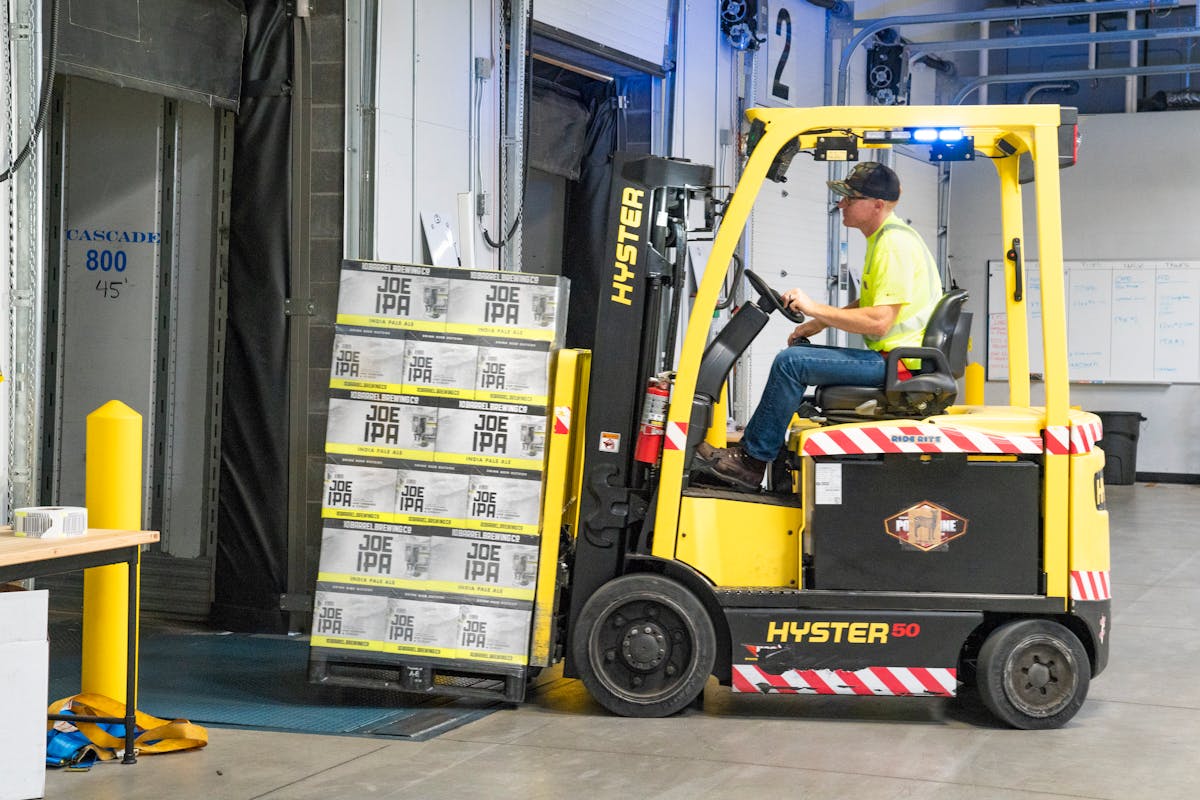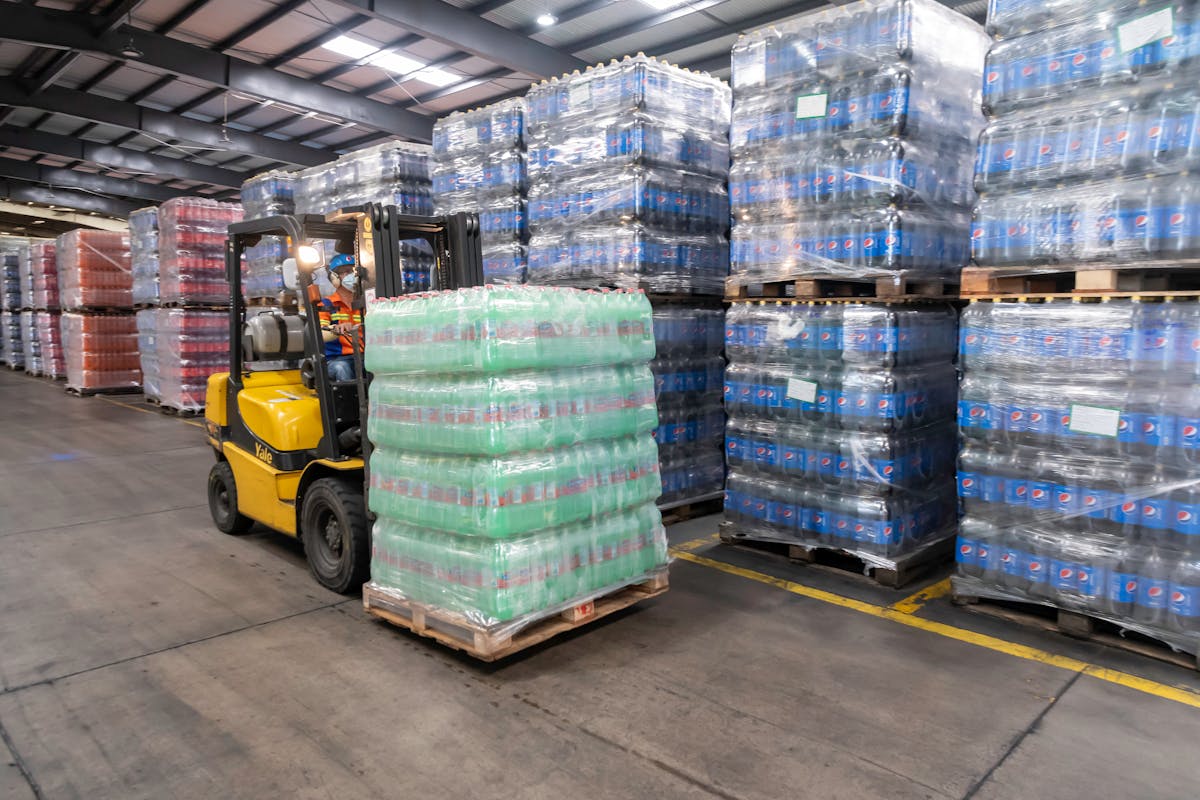- Stacker forklifts come in various types, tailored to specific environments and needs.
- They excel in pallet handling, order picking, inventory management, and dock operations.
- Versatile and maneuverable, stacker forklifts optimize space and enhance operational efficiency.
- Designed for operator comfort and safety, they contribute to a productive work environment.
- Stacker forklifts offer cost efficiencies, making them valuable assets in material handling operations.
Efficiency is key in the bustling world of logistics and warehousing in advanced countries like Japan and Singapore. Stacker forklifts stand out as versatile and indispensable assets among the tools that aid in streamlining operations. These specialized forklifts come in various types, each tailored to specific needs and environments. Stacker forklifts are pivotal in material handling tasks from narrow aisle warehouses to large-scale distribution centers. This article explores the different types, uses, and advantages of a stacker forklift, shedding light on their significance in modern industrial settings.
Types of Stacker Forklifts
Walkie Stackers
Walkie or pedestrian stackers are manually operated forklifts designed for use in narrow aisles and confined spaces. They are typically powered by an onboard battery and feature a walk-behind design, allowing operators to maneuver them easily. Walkie stackers are commonly used in retail stores, small warehouses, and manufacturing facilities where space is limited and maneuverability is crucial.
Rider Stacker Forklifts
Rider stacker forklifts are similar to walkie stackers but feature a rider platform that allows operators to stand or sit while operating the machine. This design enhances comfort and efficiency, particularly in high-volume operations where operators must cover long distances. Rider stacker forklifts are often used in large warehouses and distribution centers for stacking and transporting goods over longer distances.
Uses of Stacker Forklifts

Pallet Handling
One of the primary uses of stacker forklifts is pallet handling. Stacker forklifts excel at efficiently moving palletized loads, whether loading and unloading trucks, stacking pallets in racks, or transporting goods within a facility. Their compact design and maneuverability make them ideal for navigating tight spaces and accessing hard-to-reach areas, maximizing storage capacity and operational efficiency.
Order-picking
Stacker forklifts are also widely used for order-picking tasks in warehouses and distribution centers. They can reach high shelves and maneuver in narrow aisles, facilitating the retrieval of individual items or entire pallets from storage racks. This makes them invaluable tools for fulfilling customer orders accurately and efficiently, especially in industries with fast-paced fulfillment requirements, such as e-commerce and retail.
Inventory Management
Effective inventory management is essential for businesses to maintain accurate stock levels and efficiently fulfill customer orders. Stacker forklifts are crucial in inventory management tasks such as stock replenishment, cycle counting, and inventory transfers. Their ability to quickly move pallets and access inventory stored at different heights makes them valuable assets in maintaining organized and efficient warehouse operations.
Dock Operations
Dock operations, including loading and unloading trucks, are critical in distribution centers and manufacturing facilities. Stacker forklifts excel in dock operations thanks to their maneuverability and lifting capabilities. Whether transferring goods from the loading dock to storage areas or staging pallets for outbound shipments, stacker forklifts help streamline the flow of materials in and out of the facility, minimizing downtime and improving throughput.
Advantages of Stacker Forklifts
Versatility
One of the key advantages of stacker forklifts is their versatility. With different types and configurations available, stacker forklifts can be adapted to various environments and applications. Whether it’s handling palletized loads, picking orders, or performing maintenance tasks, stacker forklifts offer flexible solutions tailored to specific operational needs.

Space Efficiency
Stacker forklifts are designed to operate in tight spaces, making them ideal for warehouses and distribution centers where space is at a premium. Their compact size and maneuverability allow them to easily navigate narrow aisles and tight corners, maximizing available space and optimizing storage capacity. This enables businesses to maximize their warehouse footprint without sacrificing efficiency or productivity.
Ergonomics
Workplace ergonomics plays a significant role in employee safety and productivity. Stacker forklifts are designed with operator comfort and safety in mind, featuring ergonomic controls, adjustable seating options, and low-effort steering systems. By reducing operator fatigue and minimizing strain-related injuries, stacker forklifts contribute to a safer and more productive work environment, ultimately enhancing employee satisfaction and reducing absenteeism.
Cost Efficiency
In addition to their operational benefits, stacker forklifts offer significant cost advantages for businesses. Stacker forklifts are more cost-effective to purchase, operate, and maintain than larger forklifts or manual material handling methods. Their smaller size and lower energy consumption translate to reduced operating costs, while their versatility and efficiency help businesses optimize labor and storage space utilization. By investing in stacker forklifts, businesses can achieve greater cost efficiency and long-term savings in their material handling operations.
Stacker forklifts are essential tools in logistics and warehousing, offering versatility and efficiency across various industries. From narrow aisle maneuverability to long-distance transport, they handle pallets, order picking, inventory, and dock operations with precision. Their ergonomic design ensures operator comfort and safety while driving cost efficiencies. Stacker forklifts play a pivotal role in modern industrial settings, enhancing efficiency and competitiveness in the global marketplace.